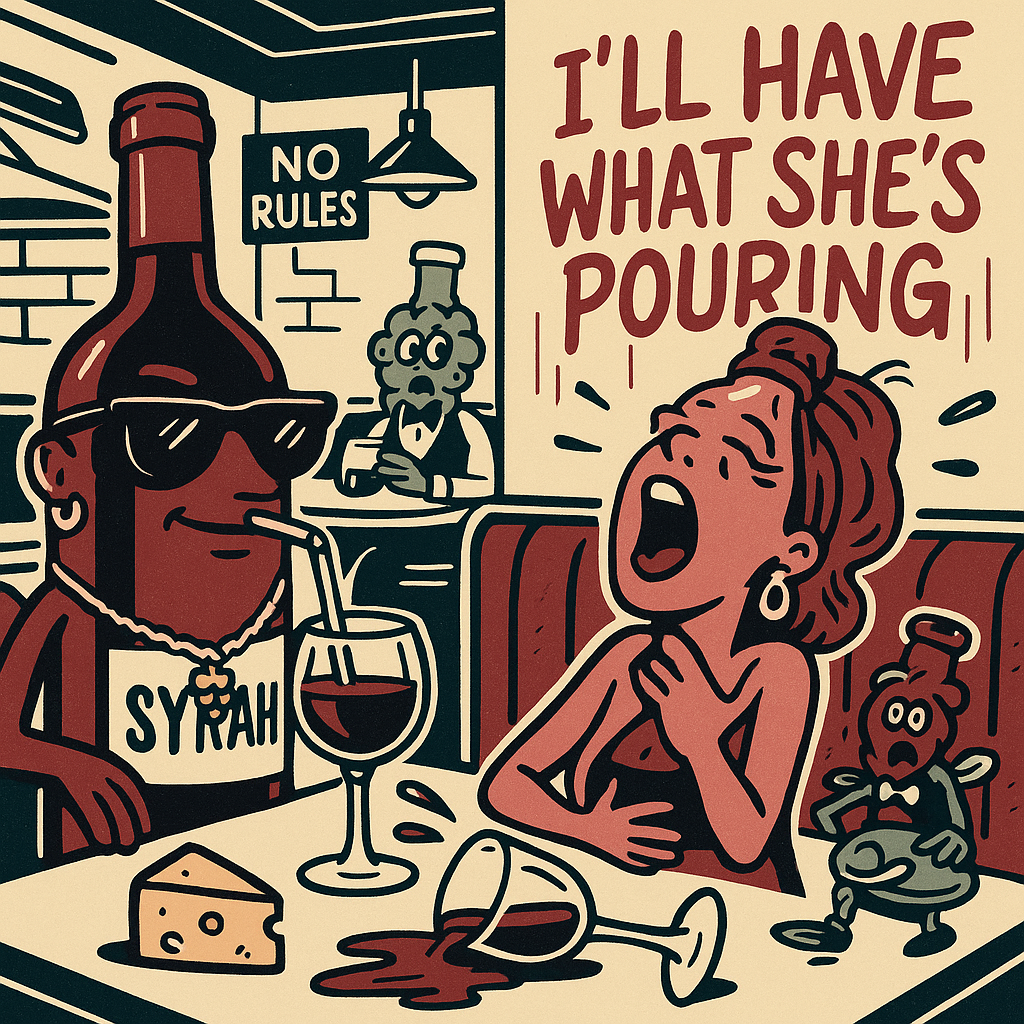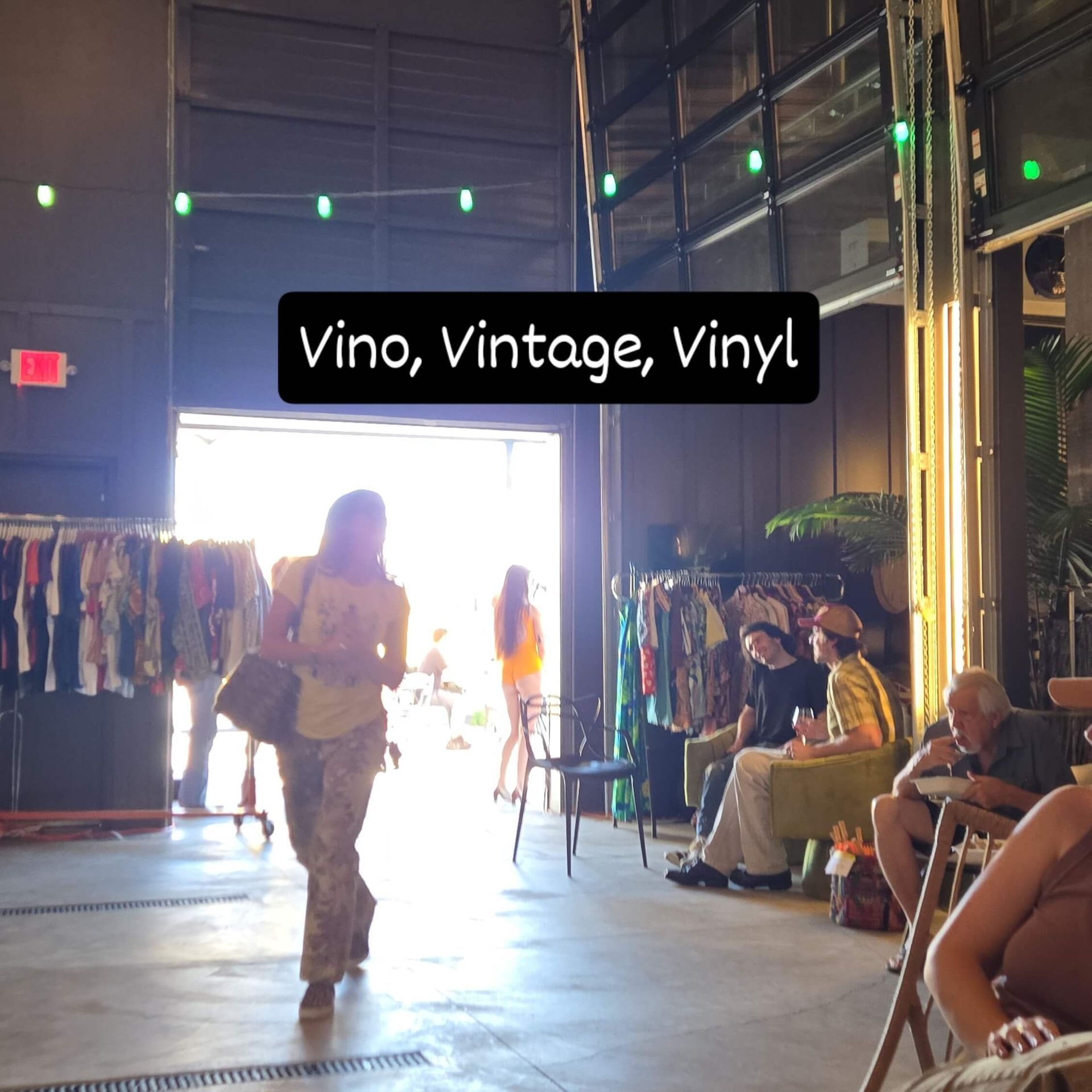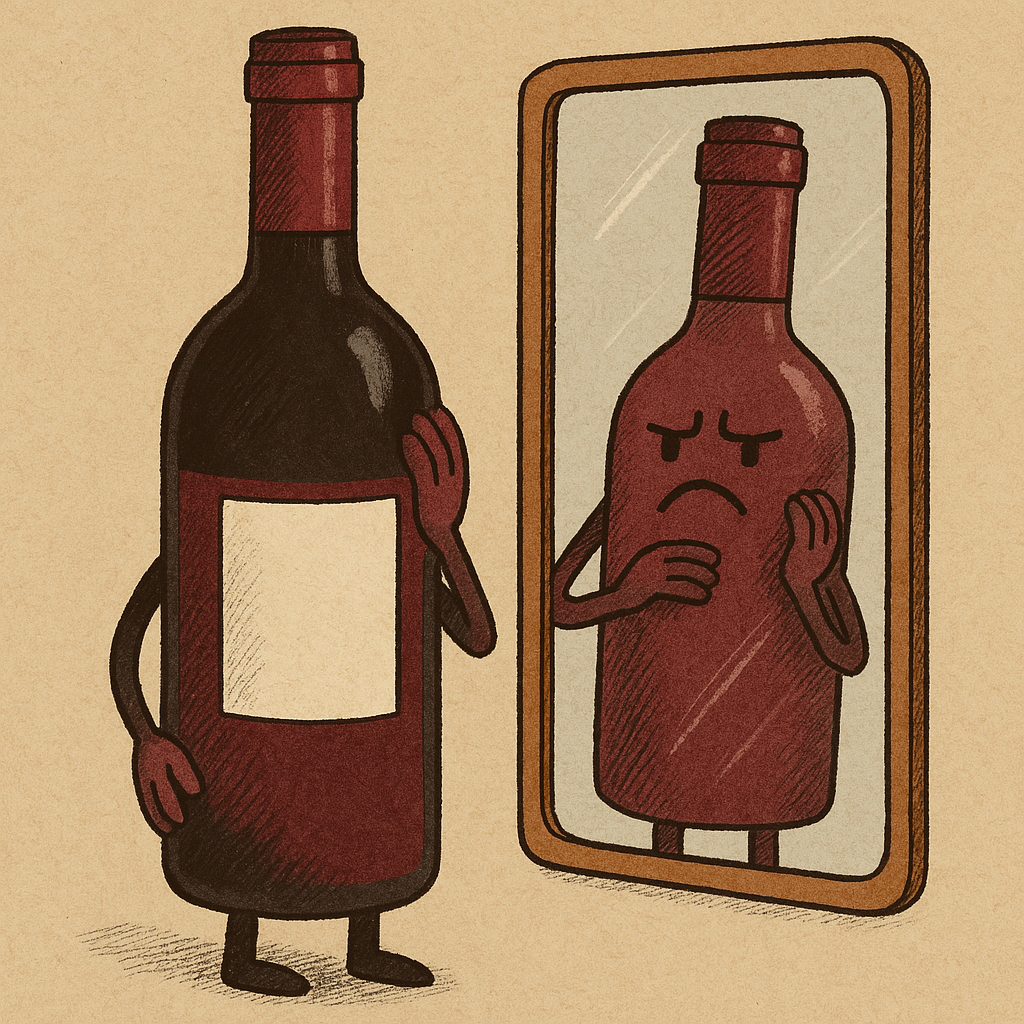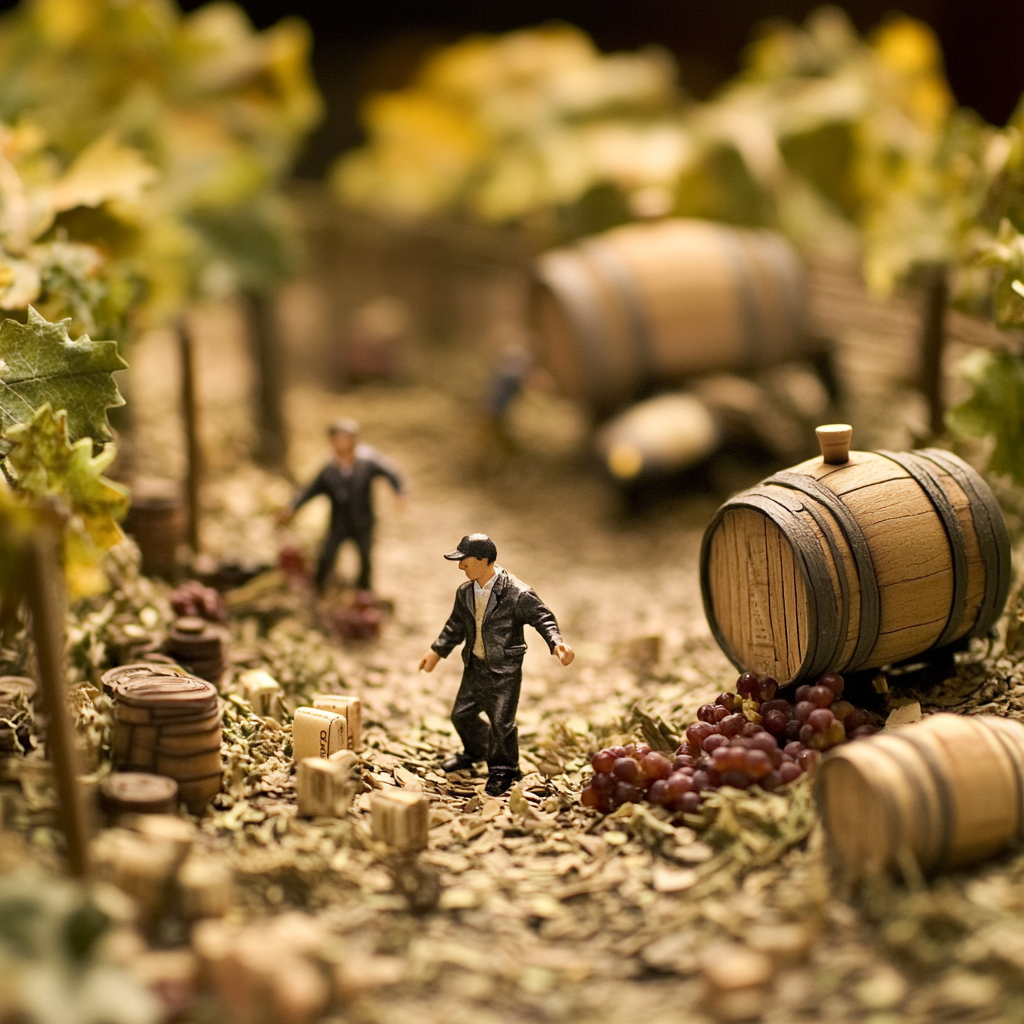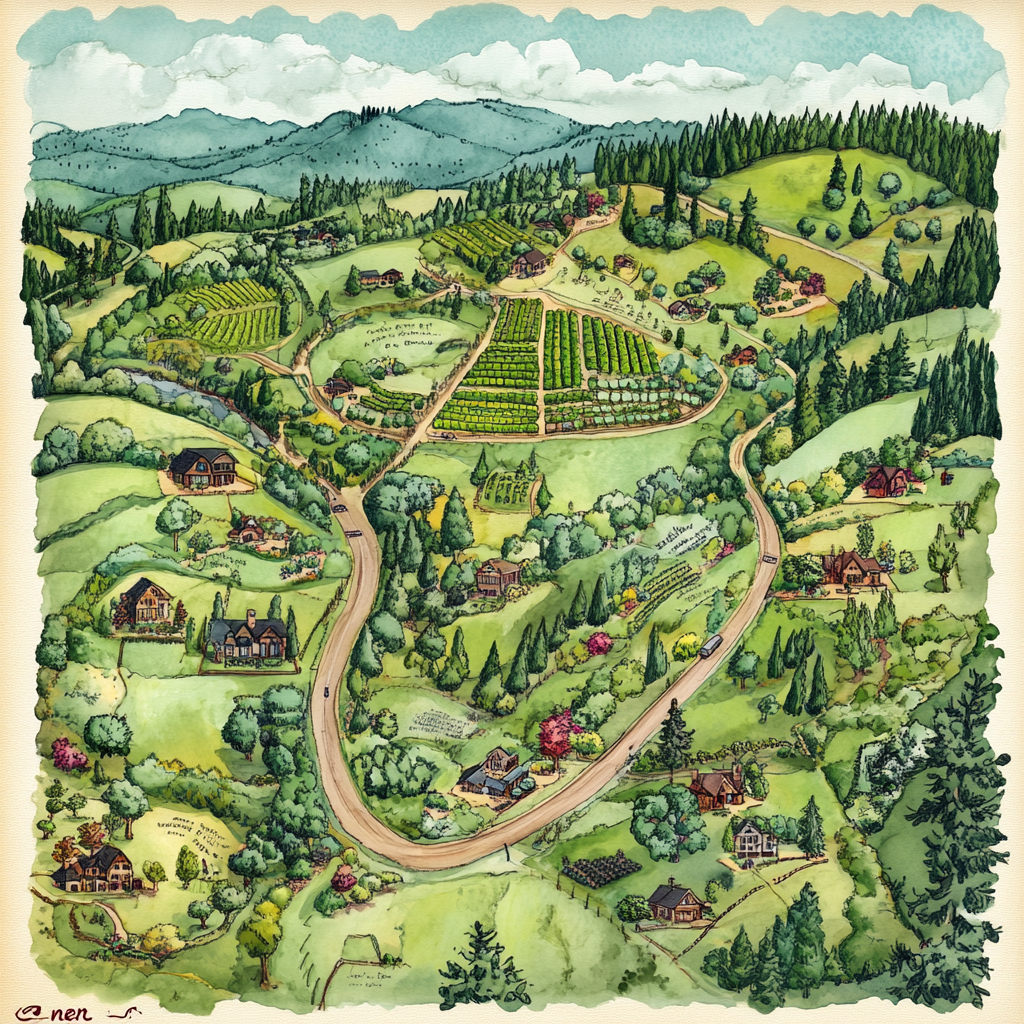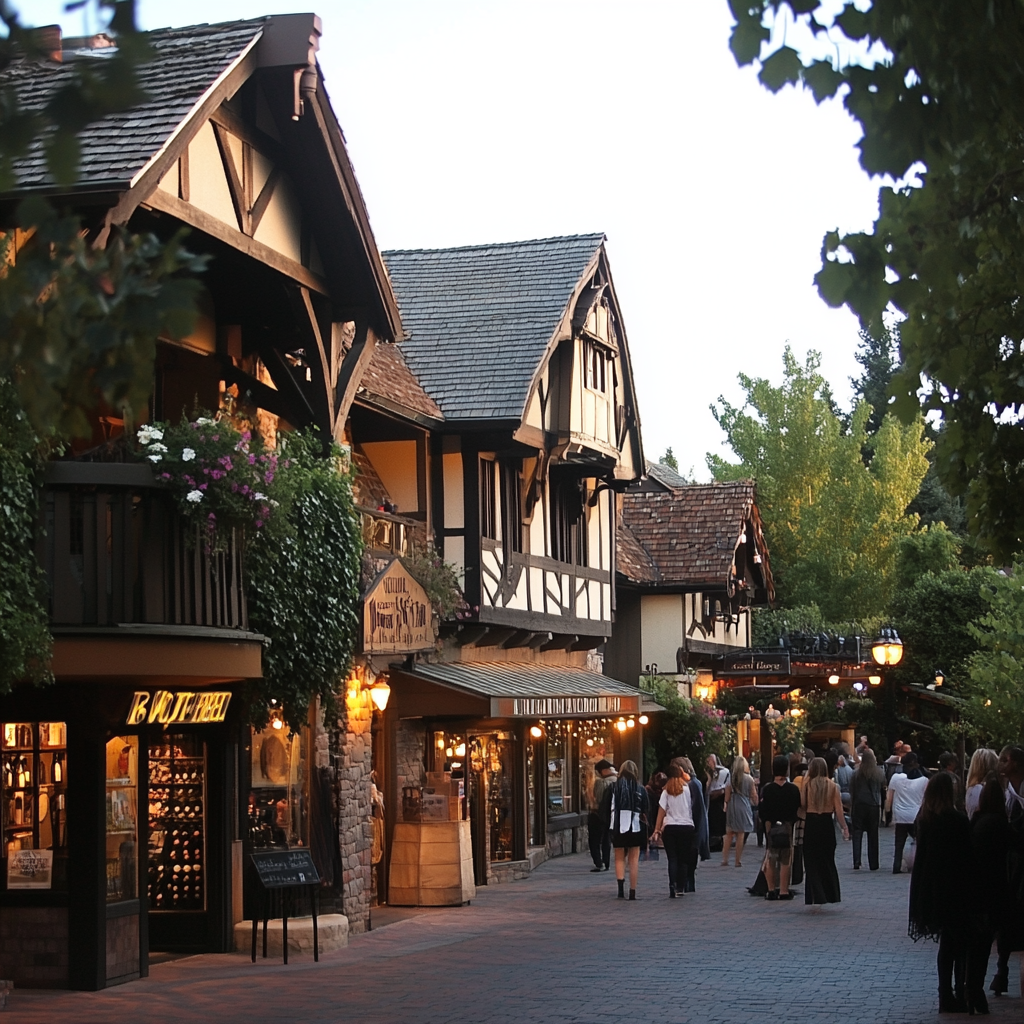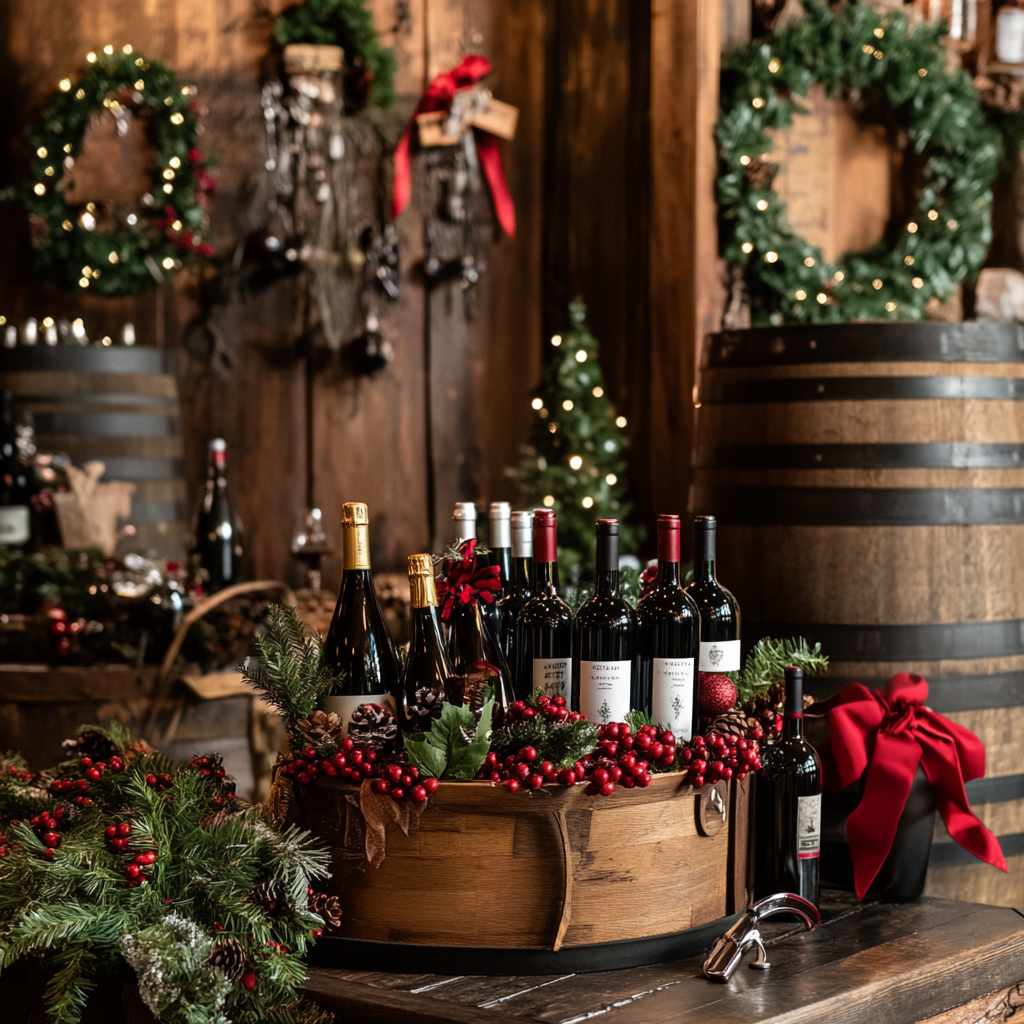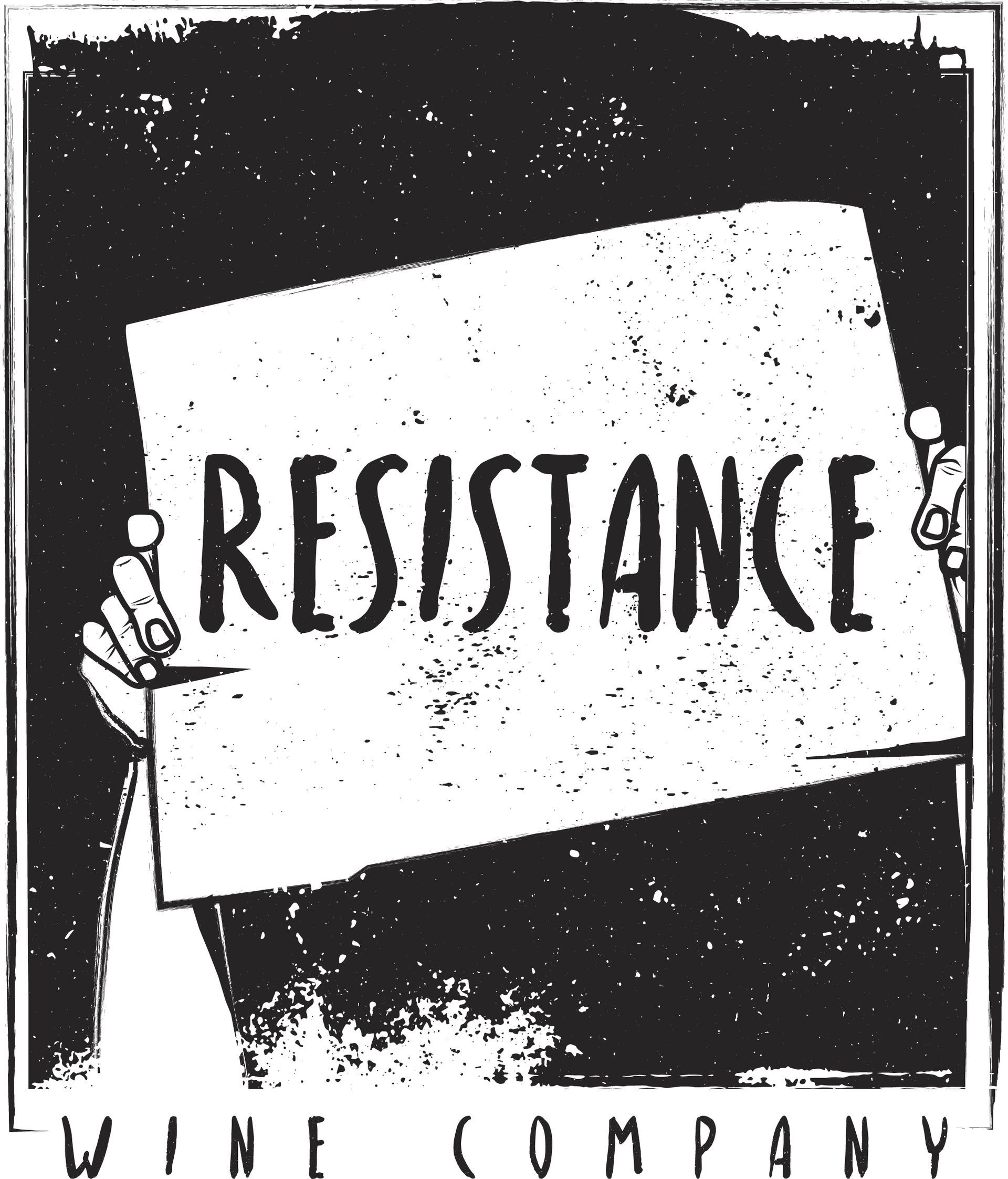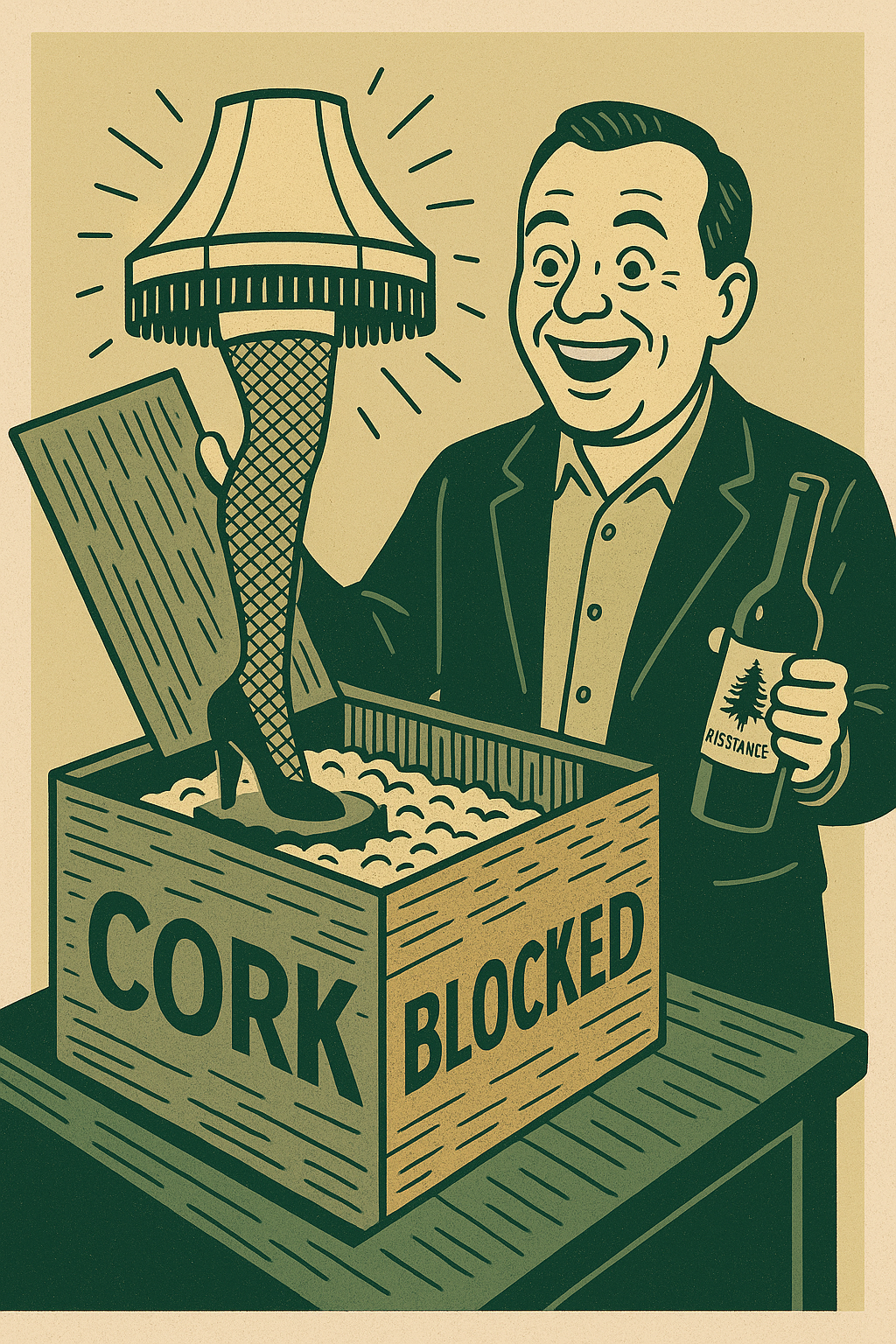Here at Resistance Wine Company, we like to think of every bottle of wine as a great story—a story with unexpected twists, unforgettable characters, and maybe a few juicy secrets. But where do those mouth-watering flavors you taste in our wine actually come from? Spoiler alert: it’s not magic (though it sure feels like it sometimes). Let’s break it down in true Resistance style—because just like our wines, this explanation is going to be full-bodied, with a hint of sarcasm and a whole lot of fun.
Where Do Wine Tasting Flavors Come From?
The Resistance Wine Company perspective
1. Grape Variety: The Diva of the Vineyard
Let’s start with the grape, the diva of the vineyard. Every grape variety is like a celebrity with its own unique quirks. Cabernet Sauvignon? It’s that strong, silent type who likes to brood in the corner, offering dark, intense notes of blackcurrant and leather. Sauvignon Blanc? It’s your bubbly best friend, bursting with bright, zesty flavors like a citrus fruit salad. These varietal characteristics are what make each wine act the way it does—like a diva throwing a tantrum (in a good way).
You see, the grape’s DNA is like its resume. It comes with a set of skills that define what it brings to the table (or glass). So when you’re sipping on our Malbec and picking up on those rich blackberry and plum flavors, you’re tasting the grape showing off what it does best. And let’s be honest, who doesn’t love a little showmanship?
2. Terroir: The Grape’s Wild Playground
Next up, we’ve got terroir—a fancy French word that basically means “Mother Nature’s playground.” The soil, the climate, the sneaky breeze that rolls through the vines at 3:00 p.m. every day—these are the elements that make our grapes feel like they’ve got a wild side. Here in the Rogue Valley, our terroir is just as rebellious as we are.
Imagine grapes getting a deep tissue massage from mineral-rich soil or a cool breeze whispering sweet nothings in their ears. That’s terroir in action. It’s the reason why our wines have that extra something-something—a kiss of earthiness, a hint of spice, or maybe a dash of “I don’t know what that is, but I love it.” Terroir is like the wild setting where our grape divas get to let loose.
3. Winemaking Techniques: The Behind-the-Scenes Magic
Now, let’s talk about what happens after the grapes get their party on in the vineyard—winemaking. This is where the real magic happens, folks. If the grape is the diva and terroir is the wild playground, then winemaking is the director who knows how to get the best performance out of them. And trust us, we’ve got some tricks up our sleeves.
Fermentation: This is like the moment when the grapes hit the stage. The yeast comes in, and boom—the sugars in the grapes start to turn into alcohol. Depending on which yeast we use, we can crank up the volume on those fruity notes or bring out something deeper, darker, and more mysterious. It’s all about setting the right mood.
Oak Aging: Think of oak barrels as the wine’s private dressing room. Here, the wine gets to mellow out and pick up some new tricks—like how to taste like vanilla, caramel, or even a bit of spice. The longer the wine hangs out in the oak, the more complex it becomes. It’s like watching your favorite character develop over the course of a long-running TV show—layers upon layers of awesomeness.
Malolactic Fermentation: This process is the ultimate smooth operator. It turns the wine from edgy to easy-going by softening those sharp malic acids into lactic acids. The result? A creamy, buttery texture that’ll make you want to keep coming back for more.
4. Aging: The Plot Thickens
Ah, aging—the part where the story really gets good. Time works its magic, turning fresh, bold flavors into something more refined and complex. It’s like the wine has been through some stuff and come out the other side with a little more wisdom—and a lot more flavor. In our reds, like the Malbec, aging brings out those rich, deep notes that make you want to savor every sip.
5. The Role of Oxygen: The Wild Card
Finally, let’s talk about oxygen—the wild card in our story. A little oxygen exposure during aging can help soften the wine’s edges and bring out new flavors, but too much and it’s game over. We keep a close eye on this one because we want our wines to be bold and full of life—not like a character who overstayed their welcome.
Conclusion: Savor the Story
So there you have it—the behind-the-scenes scoop on where those irresistible flavors in your glass come from. At Resistance Wine Company, we like to think of every bottle as a story worth telling—and tasting. Each flavor is a chapter, each sip a plot twist. So next time you’re enjoying one of our wines, remember: you’re not just drinking, you’re savoring the story. Cheers to that!
Want to learn more? Learn about 5 different types of wine tastings!
Recent Posts
